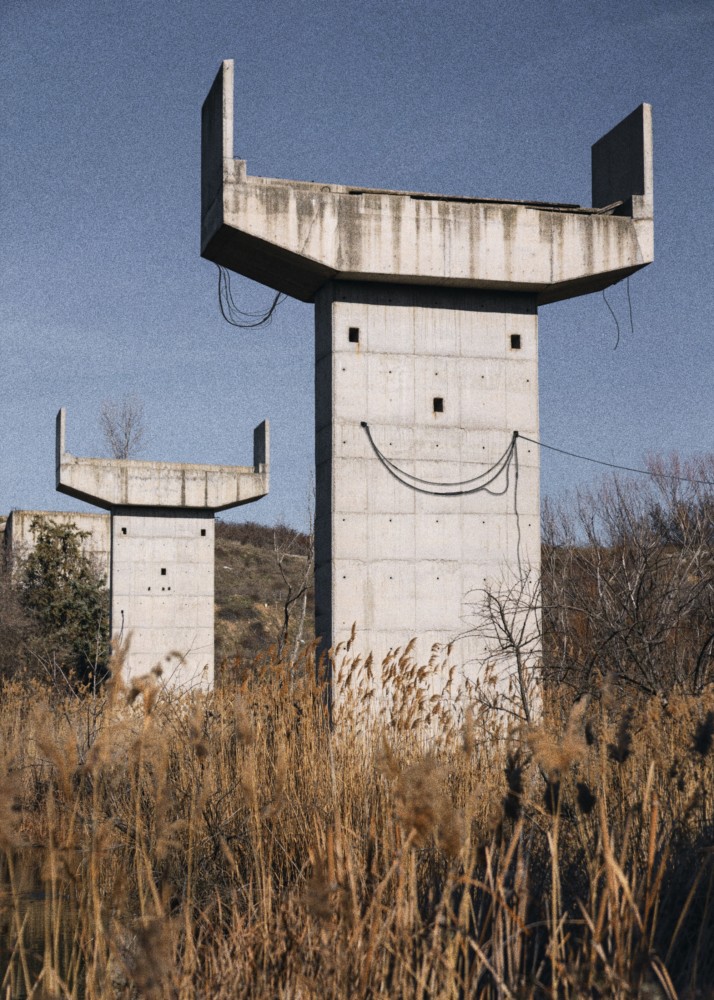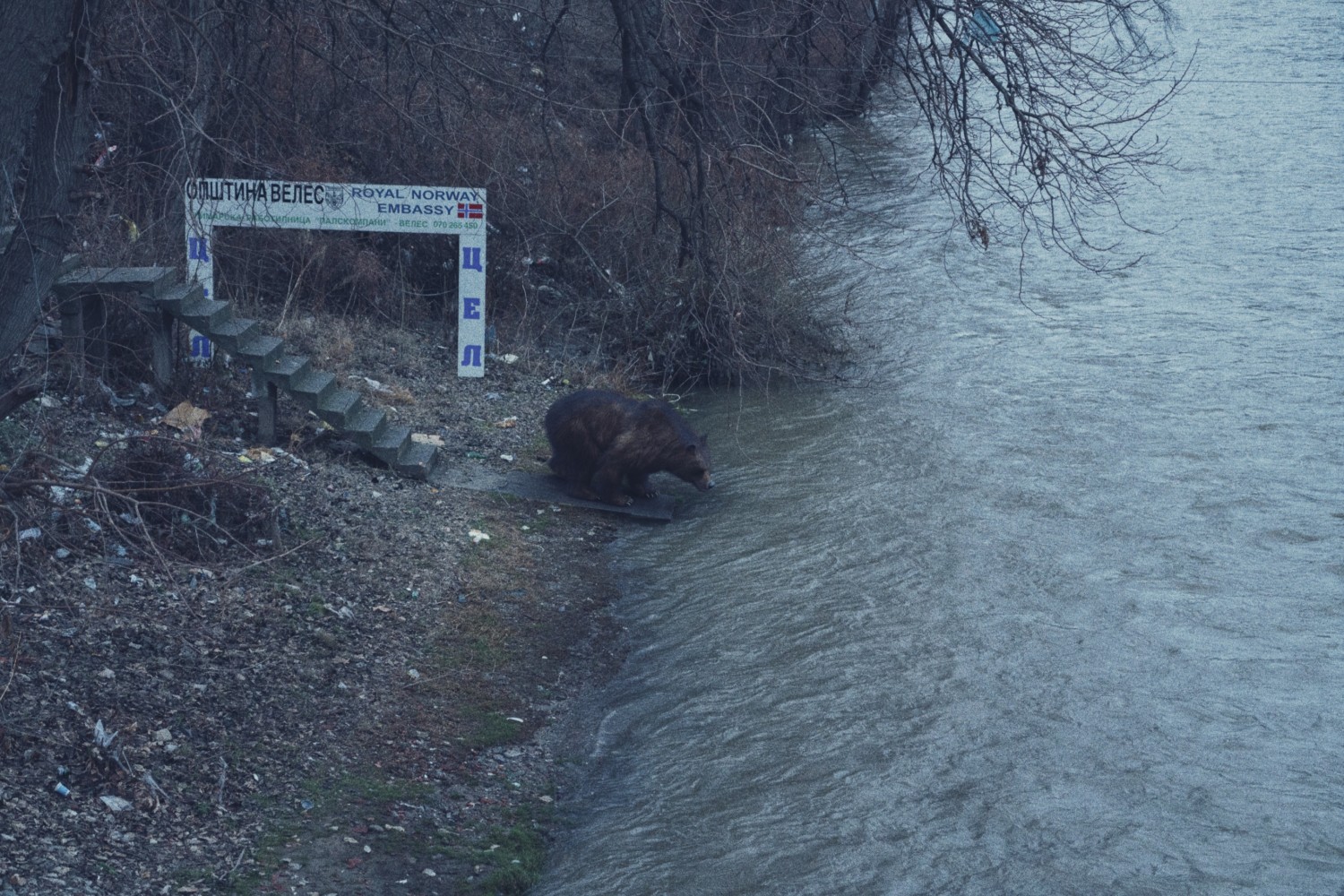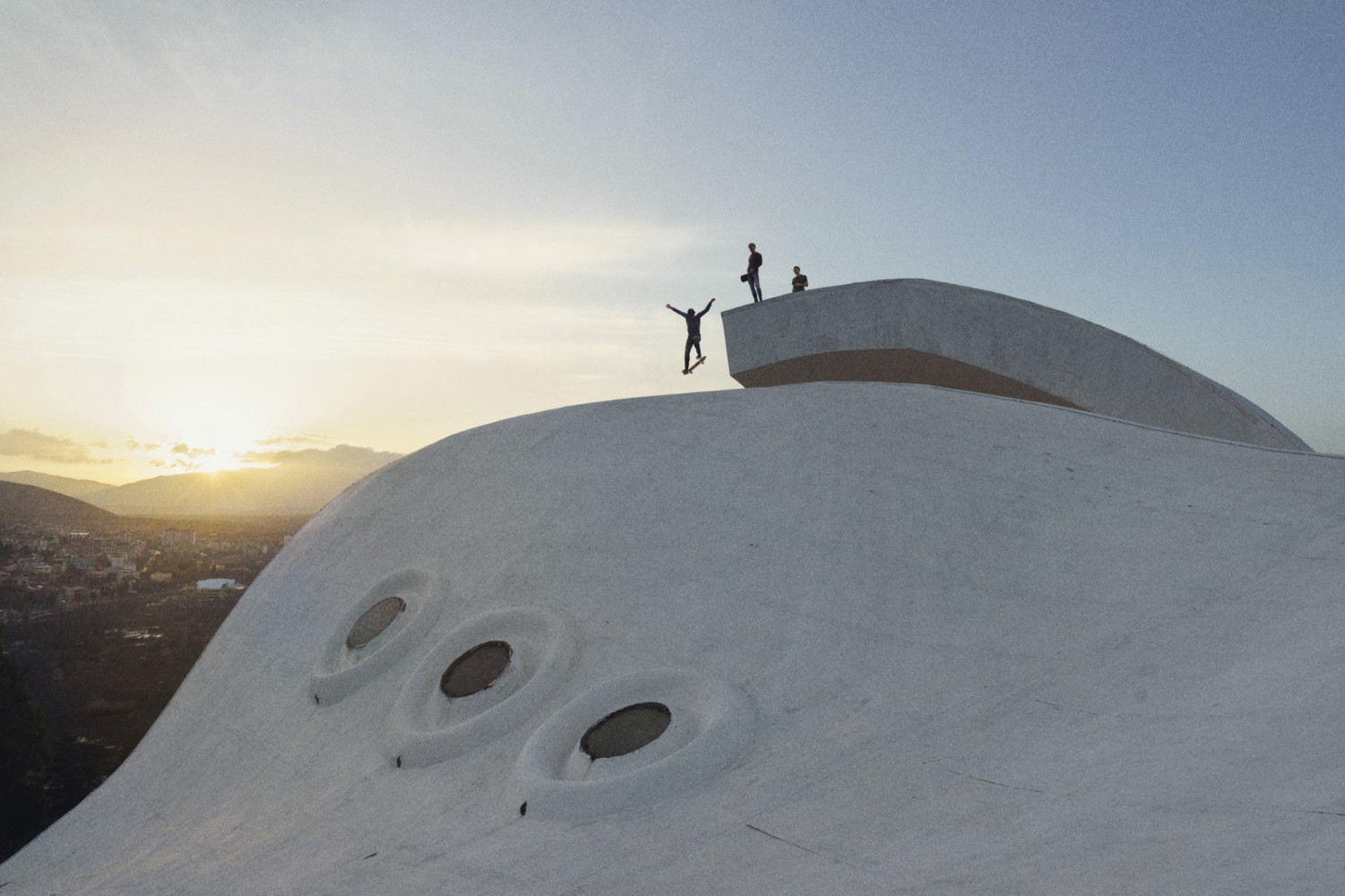Jerome Marot
Well-known member
The original article "The Book of Veles: How Jonas Bendiksen Hoodwinked the Photography Industry" can be read here.

Jonas Bendiksen was boiling with frustration over all the lies and misinformation in the media. He was reading about the Russian hacking, the role of Facebook and Twitter, “alternative facts”, and how the algorithms worked. At some point there was a mention that Veles had become this unlikely hub of misinformation, spewing out fake news during the Trump election in 2016. When people realized that hundreds of fake news websites originated there, lots of big news organizations went there to report. Even Obama mentioned the town. It is fascinnating that teenagers in far-off North Macedonia suddenly played a role in the American political landscape. These guys just needed to earn some cash, in a town with lots of youth unemployment. They became information hackers because they found a creative way to earn money, more than any wish to create havoc in the USA. The way we now produce, spread and consume information has changed so much in the last 15 years, and this was a terrifying example of that.
Jonas Bendiksen started to wonder – how long will it take before we start seeing “documentary photojournalism” that has no other basis in reality than the photographer’s fantasy and a powerful computer graphics card? Will we be able to tell the difference? How hard is it to do? How skilled will our own community of photographers and editors be in sniffing out what are deep fakes and what is real?

So Jonas Bendiksen decided to try to do this himself.
He travelled to Veles. He didn’t have to spend time trying to get access to people and just photographed empty spaces, apartments, offices, park benches. Then he captured the specific lighting of that particular scene using a special 360-degree camera and some methods from the special FX world. When he got home, he converted these photographs into 3D spaces, and placed avatars into the scene, with emotions, poses and lighting that matched the original scene.

His fellow Magnum photographers were easily fooled. Several magazines have wanted to run the piece. There was ample positive feedback in social media about the essay in the book. Many people have commented what an interesting and illuminating text it was, but it was written entirely by artificial intelligence, just as the picture which were produced by software models. This shows that within a short amount of time, we will be surrounded by lots of convincing articles written by bots, and most people won’t be able to tell the difference.
The book was submitted to Visa pour l’Image, the biggest festival of photojournalism, in Perpignan, France and was offered an evening screening on the festival program.
Please read the complete article. There is so much more that I can summarise here.

Jonas Bendiksen was boiling with frustration over all the lies and misinformation in the media. He was reading about the Russian hacking, the role of Facebook and Twitter, “alternative facts”, and how the algorithms worked. At some point there was a mention that Veles had become this unlikely hub of misinformation, spewing out fake news during the Trump election in 2016. When people realized that hundreds of fake news websites originated there, lots of big news organizations went there to report. Even Obama mentioned the town. It is fascinnating that teenagers in far-off North Macedonia suddenly played a role in the American political landscape. These guys just needed to earn some cash, in a town with lots of youth unemployment. They became information hackers because they found a creative way to earn money, more than any wish to create havoc in the USA. The way we now produce, spread and consume information has changed so much in the last 15 years, and this was a terrifying example of that.
Jonas Bendiksen started to wonder – how long will it take before we start seeing “documentary photojournalism” that has no other basis in reality than the photographer’s fantasy and a powerful computer graphics card? Will we be able to tell the difference? How hard is it to do? How skilled will our own community of photographers and editors be in sniffing out what are deep fakes and what is real?

So Jonas Bendiksen decided to try to do this himself.
He travelled to Veles. He didn’t have to spend time trying to get access to people and just photographed empty spaces, apartments, offices, park benches. Then he captured the specific lighting of that particular scene using a special 360-degree camera and some methods from the special FX world. When he got home, he converted these photographs into 3D spaces, and placed avatars into the scene, with emotions, poses and lighting that matched the original scene.

His fellow Magnum photographers were easily fooled. Several magazines have wanted to run the piece. There was ample positive feedback in social media about the essay in the book. Many people have commented what an interesting and illuminating text it was, but it was written entirely by artificial intelligence, just as the picture which were produced by software models. This shows that within a short amount of time, we will be surrounded by lots of convincing articles written by bots, and most people won’t be able to tell the difference.
The book was submitted to Visa pour l’Image, the biggest festival of photojournalism, in Perpignan, France and was offered an evening screening on the festival program.
Please read the complete article. There is so much more that I can summarise here.
